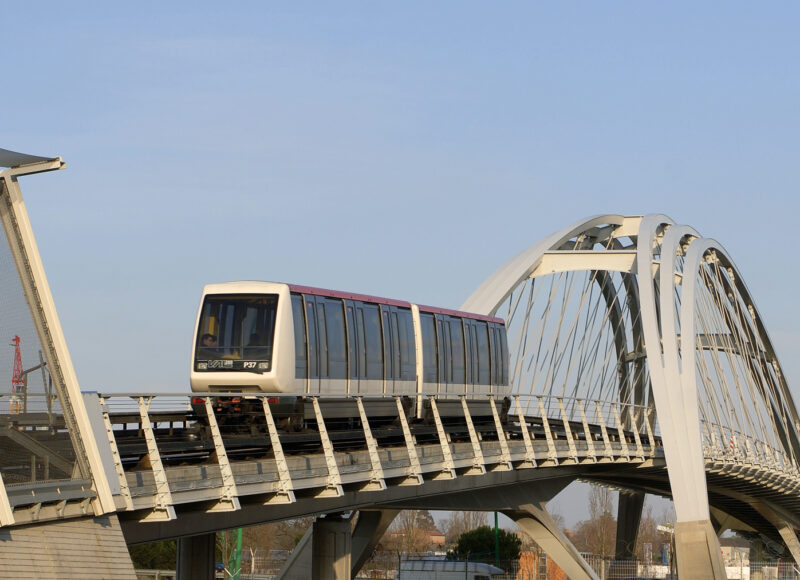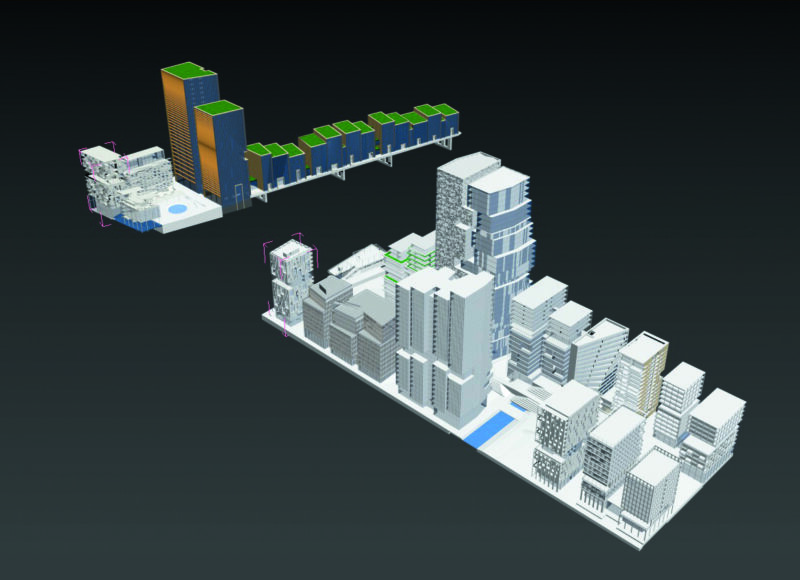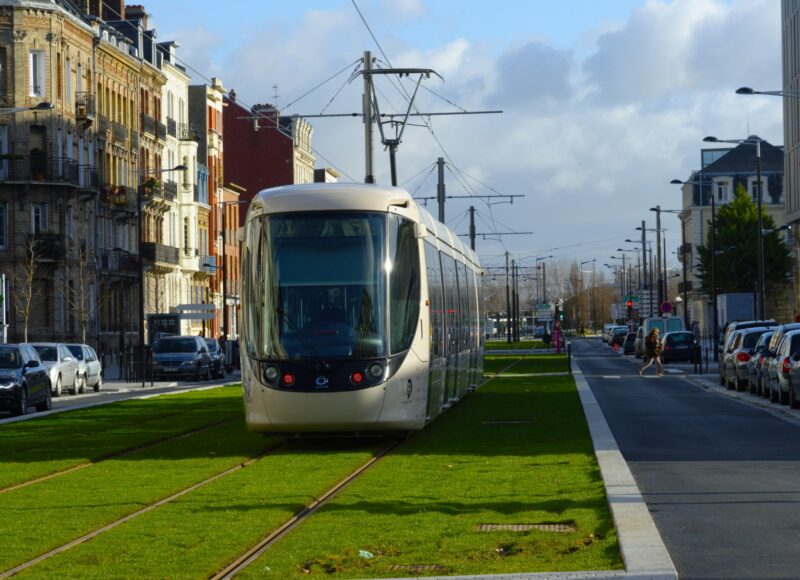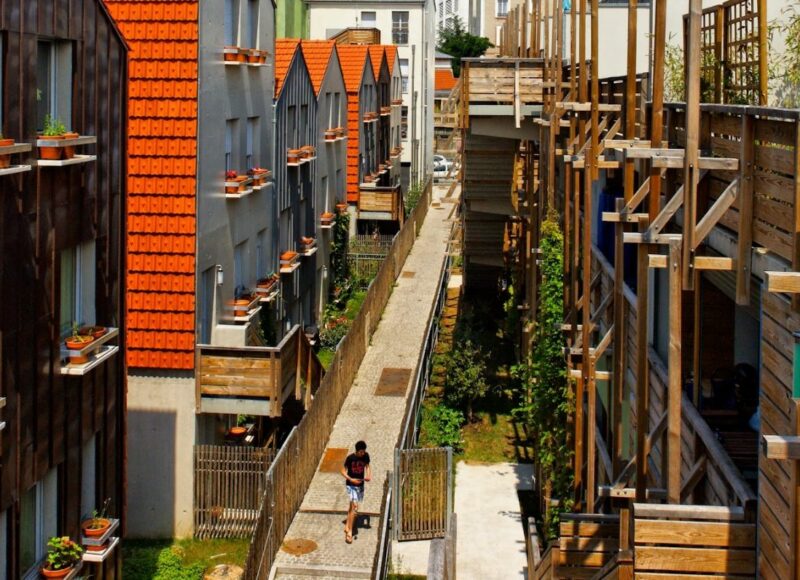Rethinking neighbourhoods for sustainable mobility
Several actions can promote more sustainable mobility at the neighbourhood level: organise the various functions of buildings, manage parking differently or offer new mobility services.
On the same subject
Researchers
Postdoctoral Researcher and Teacher
École nationale des ponts et chaussées
LVMT
LVMT
Postdoctoral Research Fellow
École nationale des ponts et chaussées
LVMT
LVMT
Projects
The trips generated by a neighbourhood are quantified and characterised using models for forecasting transport demand. The environmental impacts associated with these trips are then estimated using an LCA-type approach
Learn more
Simulating the daily activities and mobility of people who live in or pass through a neighbourhood makes it possible to better anticipate the economic, social and environmental impacts.
Learn more
Pilot site
A development project in the Les Lumières Pleyel neighbourhood in Saint-Denis (93) is the testing ground for research work by MINES ParisTech and École des Ponts ParisTech.
Learn more
Tool
This simulation model of mobility scenarios on the metropolitan scale assesses the economic, social and environmental impact of different transport policies. This includes pricing measures and changes to the mobility
Learn more
Practitioner group
Research work on mobility at the neighbourhood level focuses on the development of environmental impact assessment methods that make it possible to better plan the offer of mobility services in the broad sense
Learn more
Life-cycle assessment is a method to assess the environmental impacts of buildings and infrastructures throughout their life cycle, from the extraction of raw materials through to their end-of-lifetime handling.
Learn more
The environmental performance of mobility systems is linked to energy consumption, emissions of pollutants and greenhouse gases and the effects of disruption and fragmentation of natural habitats due to the construction
Learn more








